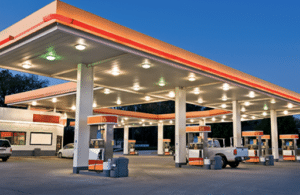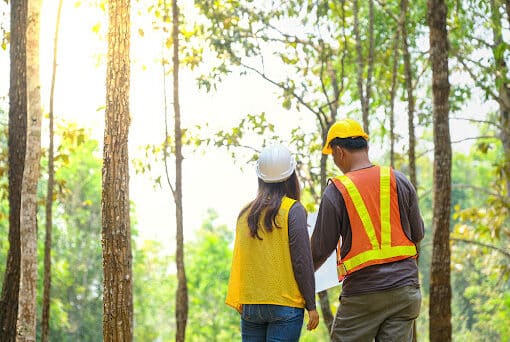At National Due Diligence Services, our Phase 1 Environmental Site Assessment teams are experts in identifying environmental conditions and contamination liabilities. See why our clients turn to us again and again for their environmental due diligence needs.
As a buyer investing in commercial real estate, it’s critical to have a complete picture of the acquired property as well as its immediate surroundings. A Phase 1 Environmental Site Assessment, often referred to as a Phase 1 ESA, is part of a series of environmental assessments. These assessments are a normal part of commercial real estate transactions and are designed to provide the Property Investor with an assessment of the environmental conditions as they exist on the Subject Property.
At National Due Diligence Services, we conduct Phase 1 ESAs in accordance with the American Society for Testing and Materials (ASTM) International Standard Practice for Environmental Site Assessment Process, the ESA Standard, generally accepted industry standards, and any agreements made with our clients and outlined in their engagement letters.
5 Things You Should Know About A Phase 1 Environmental Site Assessment
It Concentrates on Soil and Groundwater
These assessments are intended to determine if the past or present use of a property has impacted the soil or groundwater present on the property in a way that would threaten human health or the environment. Identifying issues like this is critical to reducing the liability of the property owner or lender in a commercial real estate transaction.
It Involves Multiple Steps
Phase 1 ESAs can take several weeks to complete. During the initial phase of the assessment, the assessor will travel to the property in question and assess its current and past conditions.
Following the in-person assessment, there will be a review of any state, federal, and other databases. During the database review, the assessor is looking for records of anything on the property that could negatively impact the soil or groundwater, including:
- Underground or aboveground storage tanks
- The storage of hazardous substances
- The disposal of hazardous wastes
- And more
Once this review is complete, the assessor will move on to an examination of the property’s historical records. This may include city records, past aerial photographs, historical topographic maps, and fire insurance maps. The assessor may also seek records from health departments, building departments, and other state and local government agencies.
The final stages of the process include a review of judicial records and title records for environmental protection liens that may have been filed for the cost of hazardous material cleanup on the property. The assessor will also interview past and present property owners and others who are familiar with the property, which brings us to our next section.
Some may think that a Phase 1 ESA includes only an on-site assessment and records review, but this process also includes investigative interviews to discover additional information about the property under assessment. The interviews take place between the assessor and other parties, including:
- Past property owners
- Current property owners
- Property tenants or occupants
- Individuals who worked on the property
- Neighboring property owners or occupants
- And more
The Report Will Include Information From Neighboring Properties
Environmental contaminants and hazardous materials are not contained by property boundaries, so neighboring properties are included in the final Phase 1 Environmental Site Assessment. This information will include their distance from the property under assessment as well as the gradient of the land towards it. The Assessment will include details of the type and extent of environmental hazard or contamination present on these neighboring properties, as well as the current condition if the contaminating event occurred in the past.
It is Important to Work With Highly-Experienced Assessors
Not only will your assessor provide a detailed Phase 1 Environmental Site Assessment, they will make recommendations for possible remediation of the contamination or environmental conditions and advise on next steps. If contamination is found on the property, a Phase 2 Environmental Site Assessment will take place.
National Due Diligence Services is Your Source For Environmental Due Diligence
Our in-house and nationwide professionals are industry experts that provide for a growing need for identifying, protecting, and keeping your project in compliance with federal, state, and local environmental regulations. In addition to your Phase 1 Environmental Site Assessment, we are also able to provide Phase 2 and Phase 3 Environmental Site Assessments. Contact us today to learn more.





